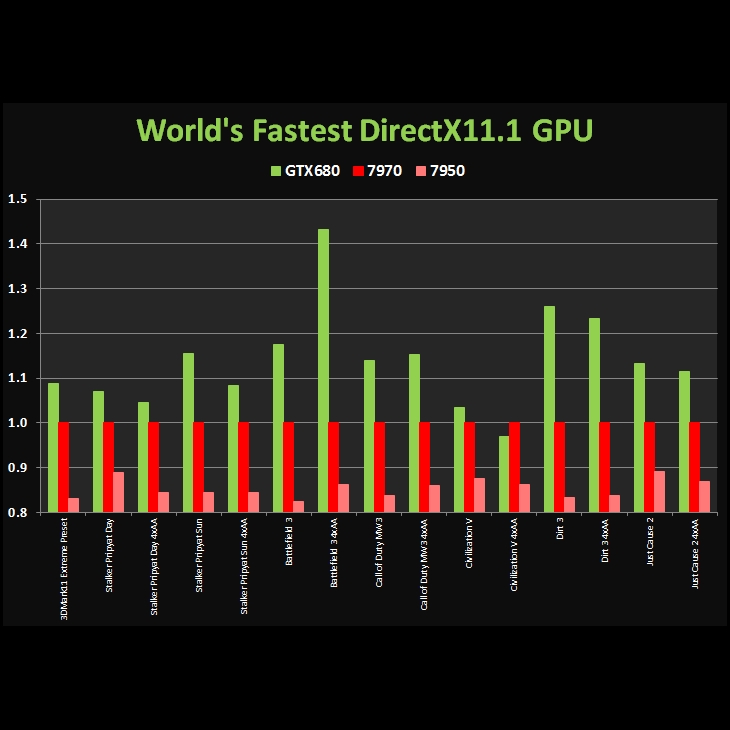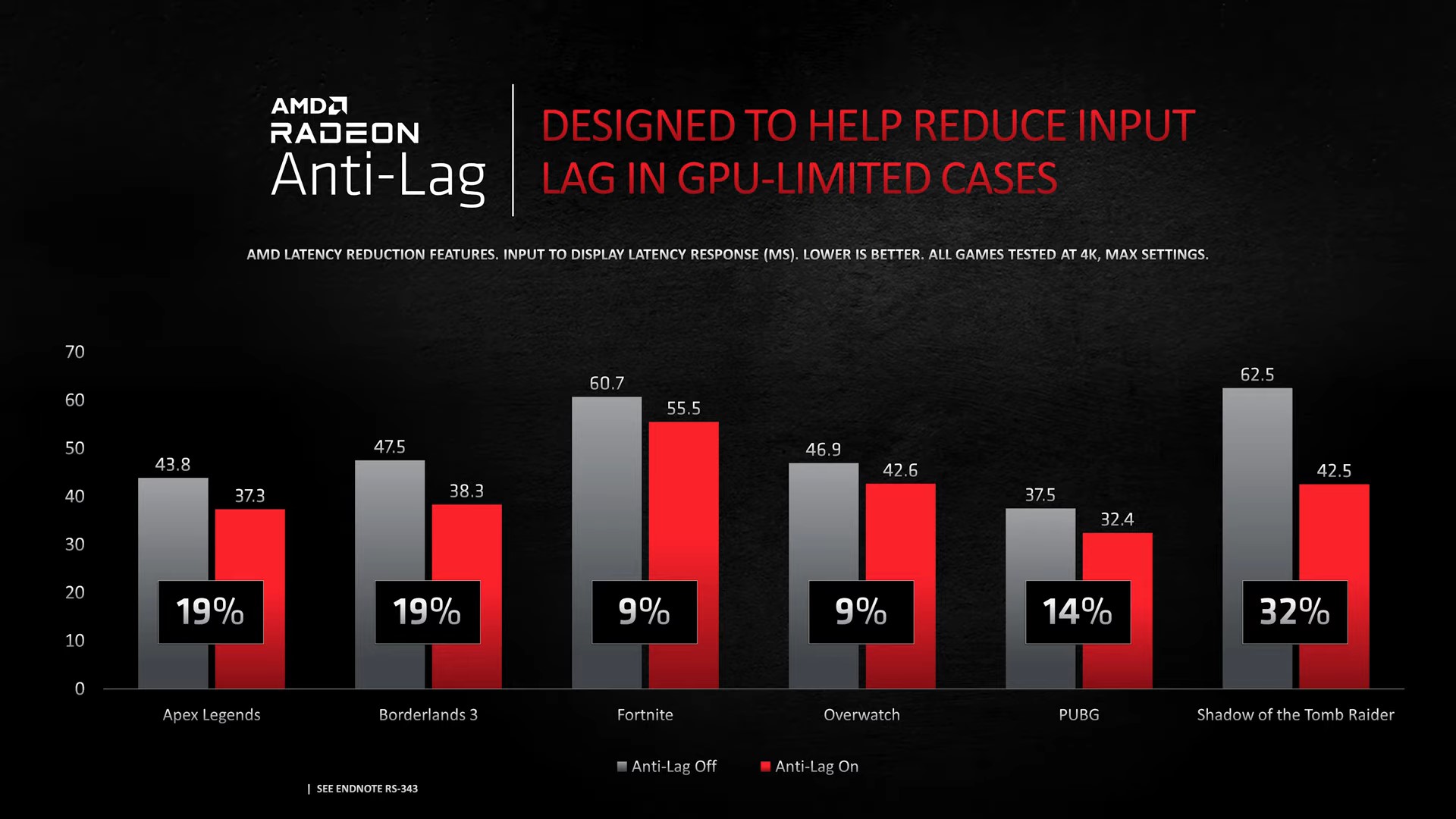

With Navi, the one clock cycle execution greatly reduces this bottleneck, thereby increasing IPC by nearly 4x in some cases, putting the design efficiency on par with NVIDIA’s contemporary designs. Furthermore, the four clock cycle execution made it even worse. The reason behind this is that most games have short dispatches which weren’t able to fill the 4x 64 item queue of the GCN based Vega and Polaris GPUs. However, unlike the older GCN design, the execution happens every cycle, greatly increasing the throughput. There are no separate shaders for INT or FP, and as a result, the Navi stream processors can run either FP or INT per cycle. While it’s not exactly the same thing, the purpose of both technologies is to improve GPU utilization.ĪMD’s Dual CUs, on the other hand, consist of four SIMDs, each containing 32 shaders or execution lanes. This is NVIDIA’s implementation of Asynchronous Compute. As such, NVIDIA’s Turing SMs can execute both floating-point and integer instructions per cycle. There are separate cores for INT and FP compute, and they work in tandem. Like Volta, it takes two cycles to execute instructions (one INT and one FP).

There’s also the load/store, Special function unit, the warp scheduler, and dispatch. One NVIDIA Turing SM has FP32 cores, INT32, and two tensor cores. The level of parallelism is retained and the utilization is also better.

This is one of the primary advantages of using a super-scalar architecture.

Here the threads are independent of one another and can yield or converge with threads from other SMs as needed. With an NVIDIA SM, unless there’s no more work left, all the 128 work-queues (32 threads x 4) will always be saturated no matter which application is being used. What is SIMD? How Does it Work and How is it Different from SIMT? Overall, the work is issued per CU in the form of waves, each containing 32 items. There might be 12, 15, 20, 25, or 30 threads being issued by an application per cycle, but the model supports 32 at a native level. In an AMD SIMD, there will always be room for 32 work items regardless of how many threads are executed per cycle. While in theory, the former leverages the SIMD execution model and the latter relies on SIMT, the practical differences are few. CUDA Cores vs Stream Processors: Super-scalar & VectorĪMD’s GPUs are vector-based processors while NVIDIA’s architecture is super-scalar in nature. NVIDIA’s shaders (execution units) are called CUDA cores while AMD uses stream processors. One of the main differences between NVIDIA and AMD’s GPU architectures is with respect to the cores/shaders and Compute Units (NVIDIA calls it SM or Streaming Multiprocessor). If you magnify the above image and have a closer look at the execution units, the cache hierarchy, and the graphics pipelines, that’s where everything becomes complicated: AMD Navi 10 vs NVIDIA Turing TU102 AMD Navi vs NVIDIA Turing GPU Architectures: SM vs CU Then there is the cache memory connecting the GPU to the graphics memory and post-processing units, Texture Units, Render Output Units and Rasterizers performing the last set of operations before sending the data to the display. You’ve got the GPU containing execution units, fed by the schedulers and dispatchers. In simple terms, both NVIDIA and AMD’s GPU architectures consist of the same components which perform more or less the same operations. Navi 10 is codename of the GPUs based on the RDNA uarch while TU102 is the codename of the GPUs based on the Turing uarch. In this post, we compare the latest NVIDIA and AMD GPU architectures namely Turing and Navi:


 0 kommentar(er)
0 kommentar(er)
